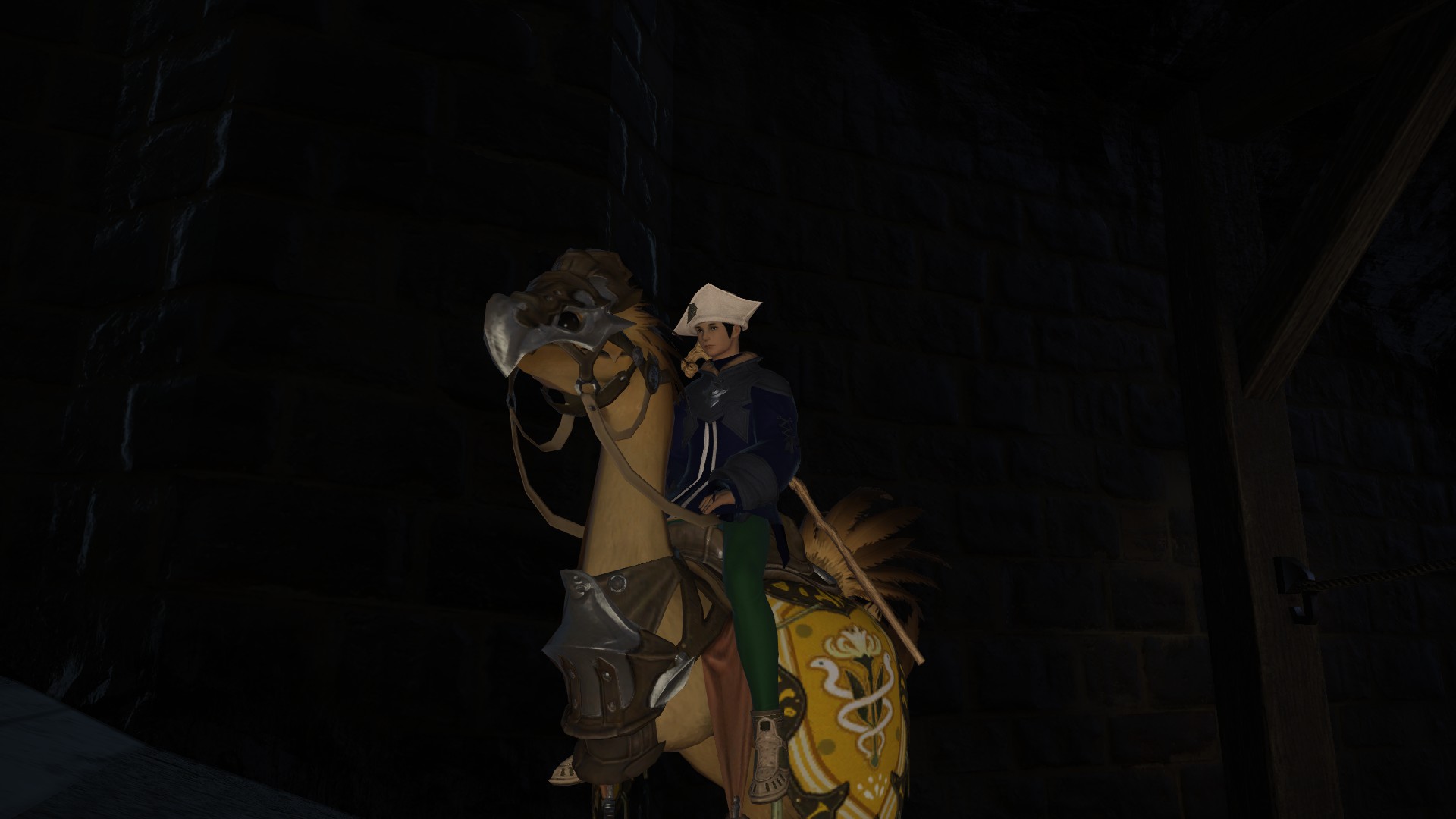

#FF11 CHOCOBO LICENSE PC#

Introduced the concept of guest characters joining the party, including the series' very first Dragoon.

Though novel, most fans remember II as the one where clubbing yourself with a sword increased HP. Rather than pick warrior classes at the outset, players gradually mold their characters' skills through the use of spells and weapons. It's up to a ragtag resistance movement to slow the Empire's progress stopping the Emperor may prove impossible.
#FF11 CHOCOBO LICENSE SERIES#
While the series stuck firmly to a policy of one-game-per-number for a long time, in more recent times the franchise has opened up to the idea of sequels and multimedia spinoffs. Meanwhile, Dragon Quest has quietly found a niche market outside of Japan, though it remains king in its home country. Final Fantasy and Dragon Quest were direct competitors as far back as the the NES days following the Square-Enix merger, SMT and Final Fantasy are currently competing in both countries. Later Japanese developers would take notice and break onto the US scene one equally-popular series which took advantage of this trend was Dragon Quest, Enix's Flagship Franchise ( Shin Megami Tensei, Atlus's own flagship franchise, would also make the jump to the west for the same reason). This series was also one of the first Japanese games made by someone other than Namco or Nintendo to reach US shores and capitalize on that market. Final Fantasy VII broke this trend and was released as "VII" everywhere, and from that point on, every release except for the Virtual Console versions of IV and VI (the latter was titled III on the SNES Classic) would bear the original numbering. The confusion doesn't end there, as four games were given the name "Final Fantasy" to increase sales in North America: the first three games of the SaGa (RPG) series (renamed to Final Fantasy Legend I-III) and the first installment in the World of Mana series (released as Final Fantasy Adventure). Final Fantasy IV was released in America as Final Fantasy II, while Final Fantasy VI was released as Final Fantasy III. Tracking the early parts of the Final Fantasy series can be confusing, as only three of the first six games made it to North America, where the numbers were changed so that the US releases were consecutive numbers. Since then, Final Fantasy is widely-considered the gold standard of JRPGs in the west, and is held in such regard that the English localizations are now developed concurrently with the original production. It is still widely regarded as one of the best RPGs (eastern or otherwise) of all time. The series was fairly-obscure for a long time in the west, before exploding in popularity with the release of Final Fantasy VII, which exposed most people to the JRPG genre for the first time.


 0 kommentar(er)
0 kommentar(er)
